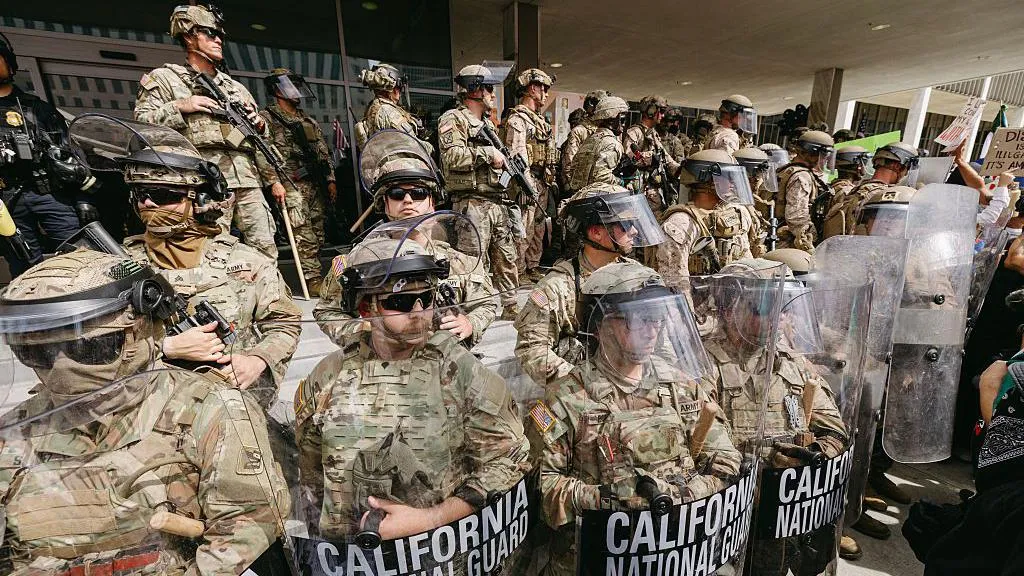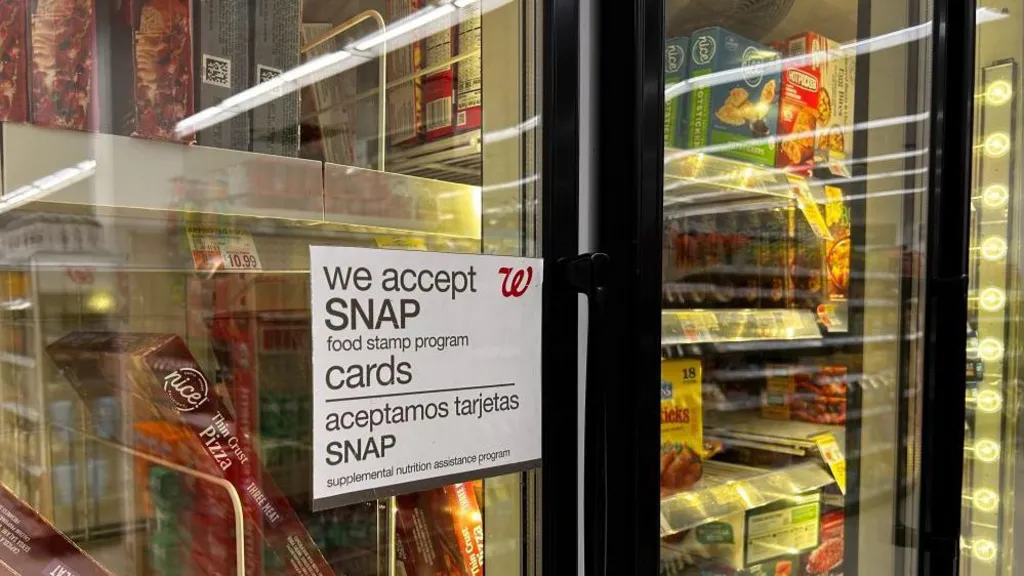
This article is more than
9 year oldHow Donald Trump’s Great Wall will actually look
Or Donald Trump’s “artistically beautiful” barrier along the US-Mexican border may simply be a metaphor for a crackdown on unauthorised immigration.
While members of his transition team have been claiming the plan was not a literal one, the President-elect has never encouraged us to think of the wall in this way. He has always maintained he will build “the greatest wall that you’ve ever seen”, in the face of widespread incredulity from one side and delighted cries of “build the wall!” from the other.
So what will it actually entail? “It could be some fencing,” he conceded when pressed on CBS’ 60 Minutes on Monday. “But certain areas, a wall is more appropriate. I’m very good at this, it’s called construction.”


‘NOBODY BUILDS WALLS BETTER’
Mr Trump is not the first to come up with the idea of protecting a country’s border from unauthorised immigrants using a menacing wall, but he is the only one to sell the idea so compellingly to such a large audience in recent times.
We’ve seen the Great Wall of China, the Berlin Wall and the wall Israel built along the West Bank. And numerous attempts have been made to build a barrier on the 3057-kilometre Mexican border over the years.
It is now a hodgepodge of fencing, graffiti-covered corrugated metal, concrete slabs, surveillance cameras, drones and other structures, according to a design company looking into the challenge. More than 21,000 border agents oversee the dismal, inefficient mess, at a cost of $1.4 billion per year.
“I will build a great wall,” Mr Trump swore during his June 2015 candidacy speech. “Nobody builds walls better than me, believe me — and I’ll build them very inexpensively. I will build a great, great wall on our southern border, and I will make Mexico pay for that wall.”
Mexican president Enrique Peña Nieto has insisted the country will not pay for the wall, which is expected to cost at least $US10 billion, and more than double that by some estimates.
Mr Trump implied the neighbouring country would pay via trade restrictions, but Mexico could hurt the US back on this front.
George W. Bush signed an act that saw 1078km of fence erected at a cost of $US2.4 billion by 2009. The final stretch of this was a pricey, controversial solution at a 5.6km stretch of the border between Tijuana and San Diego that included the notorious Smuggler’s Gulch.
The canyon was filled in with a huge earthen dam topped with a triple-thickness border fence topped with razor wire, flood lights, remote sensors, and cameras to deter night time crossings.
The President-elect will want to strengthen the existing structures, and place patrol cars, surveillance systems or drones in the areas where construction is not feasible.

‘THEY ALL WANT THE WALL’
“We need the wall. The border patrol, ICE, they all want the wall. We stop the drugs; we shore up the border,” Mr Trump said in the third presidential debate.
He’s probably right that many who work on the border are desperate for a better solution, just like many of his voters — although whether an expensive “Great Wall of America” is the answer to the US’s immigration issues has been hotly debated.
Mr Trump claimed during his campaign that the wall would be constructed out of precast concrete, and could reach as high as 15 metres. It will also need to reach several metres underground, since in April 2015 drug smugglers built a tunnel under the wall between Calexico and Mexicali to transport more than 30kg of methamphetamine.
To fulfil his dream of an impenetrable wall, he will need to improve the existing parts of the wall that are easily scalable. It’s likely he will try to complete the abandoned plans made by Mr Bush to seal off the border with more checkpoints and vehicle barriers and add state-of-the-art technology including cameras, drones and satellites.
But Mexicans are already using technology of their own, smuggling drugs by remote-controlled drones and even using catapults and mini-submarines. They may still be able to circumvent the authorities.
The engineers will have to negotiate natural flooding zones, mountains, valleys, rivers and shifting sands as well as potentially purchasing 1609km of private land the border traverses.


THE REALITY OF THE TRUMP WALL
The President-elect has repeatedly vowed he will start work on his Trump Wall on his very first day. He already has the approvals he needs to go ahead with extending the existing fencing on the border.
Immigration hardliner Kris Kobach, Kansas Secretary of State, said the new administration could push ahead rapidly on construction without seeking immediate congressional approval.
He said the Homeland Security Department was looking at reappropriating existing funds in the current budget, but acknowledged it would need congressional approval in future years.
Others in Mr Trump’s party have claimed his supporters know his wall is metaphorical, and that the real estate mogul’s main aim is to deport all 11 million undocumented immigrants from the US — although he has revised that down to the three million with criminal records.
His close ally Newt Gingrich said last week the pledge to make Mexico pay for the wall was a “campaign device”. Utah GOP senator Orrin Hatch said Mr Trump was “serious about having a way of keeping people out who shouldn’t be in our country,” but that the wall plan would be “re-evaluated.”
Senator Mike Rounds of South Dakota said the challenge was to find the “most modern approach” to border security. He said there would be “some areas where a wall would never work, and I think everybody’s always understood that.”
Texan politician Pete Sessions told the Dallas News the wall could be thought of as “an analogy” for fences and drone surveillance. Former Governor Rick Perry described it as a “technological” or “digital” wall and Republican Senator John Cornyn said in March a “virtual border” was needed.
“We already built most of the wall, that’s the untold story,” added Joe Barton of Arlington. “There’s some sort of physical barricade almost everywhere along the border that makes any sense.”
Congressman Tom Marino told NPR’s Morning Edition: “We’re talking about technology that we have that can sense people’s movements,” as well as extra border guards.
Approximately 500,000 undocumented migrants annually enter the country, but the total number in the population has been stable for a decade and dropped from a peak of 12.2 million in 2007, according to Pew Research. At least a third of unauthorised migrants arrive on a visa and overstay.
Ben Carson said this week that what Mr Trump “really wants to do is secure the border.”
And that is the language Mr Trump is using while talking about immigration. “After the border is secured and after everything gets normalised, we’re going to make a determination on the people that you’re talking about,” he told 60 minutes journalist Lesley Stahl. “But before we make that determination ... it’s very important, we want to secure our border.”
Look out for the bulldozers.




